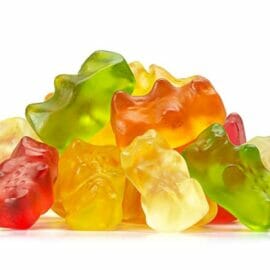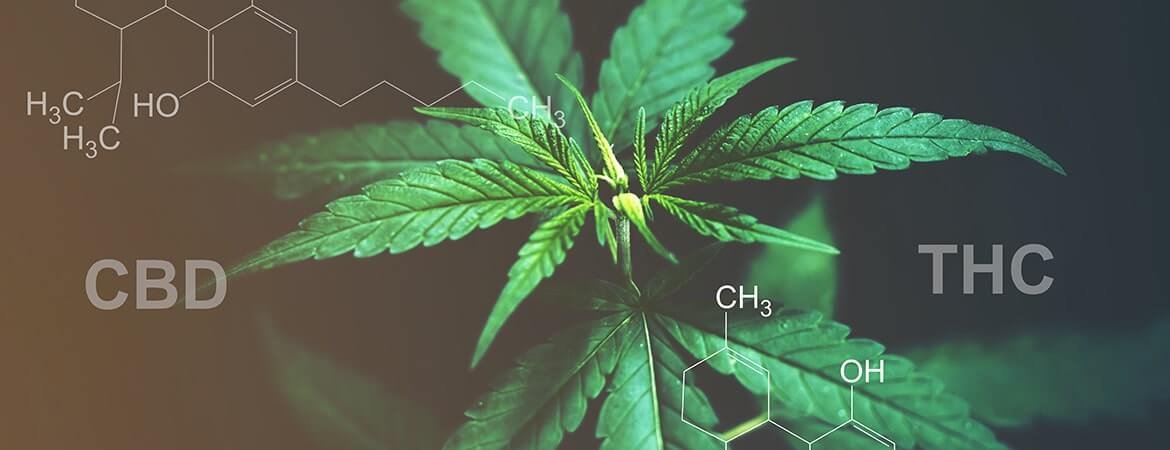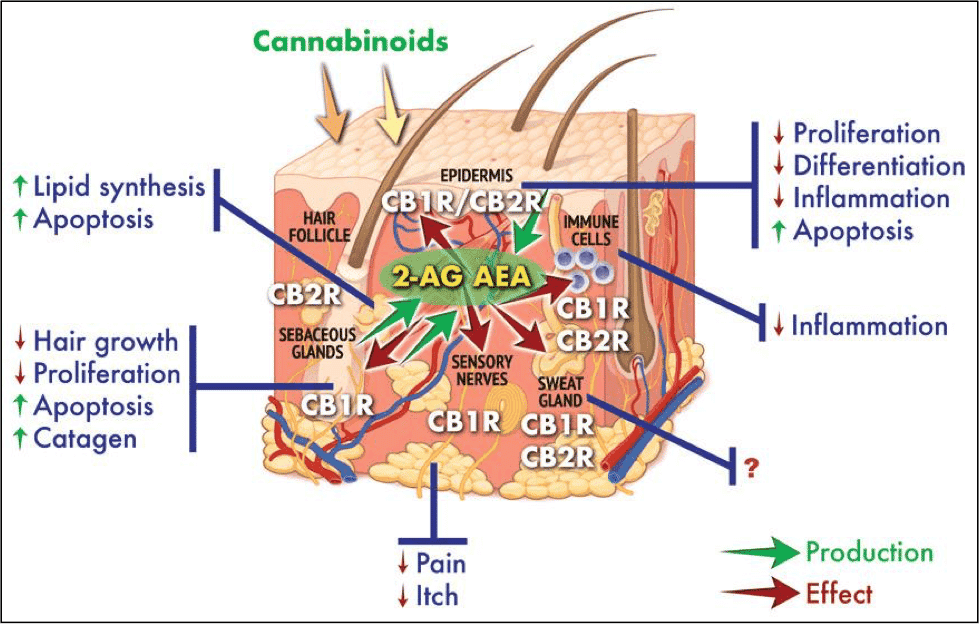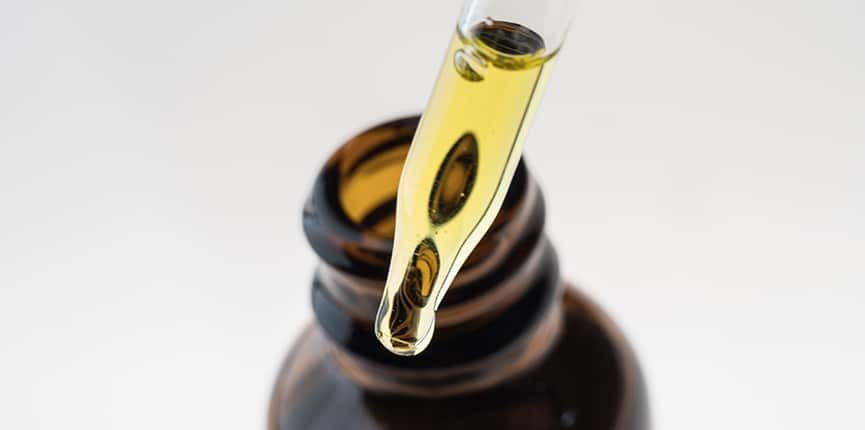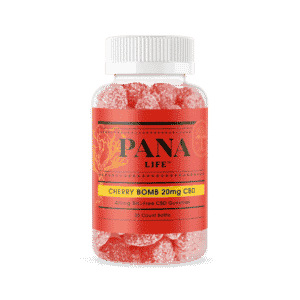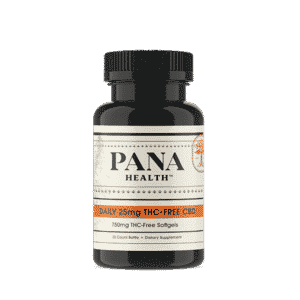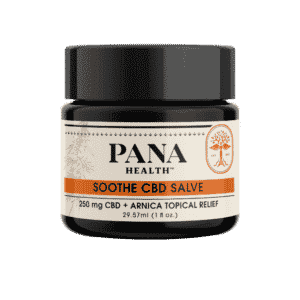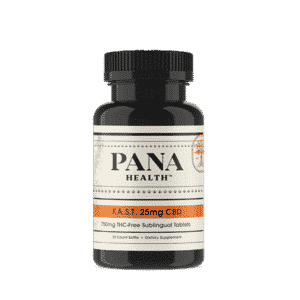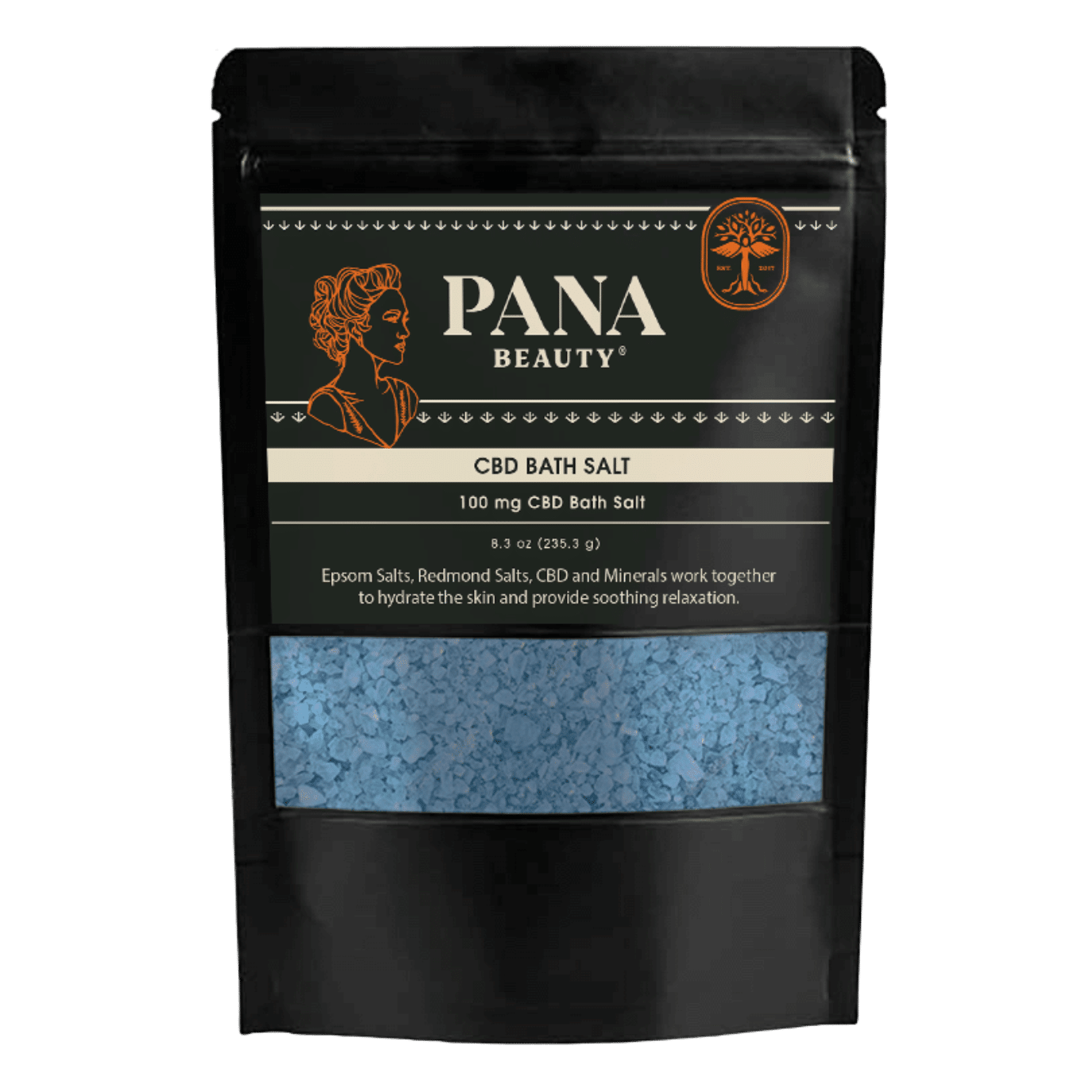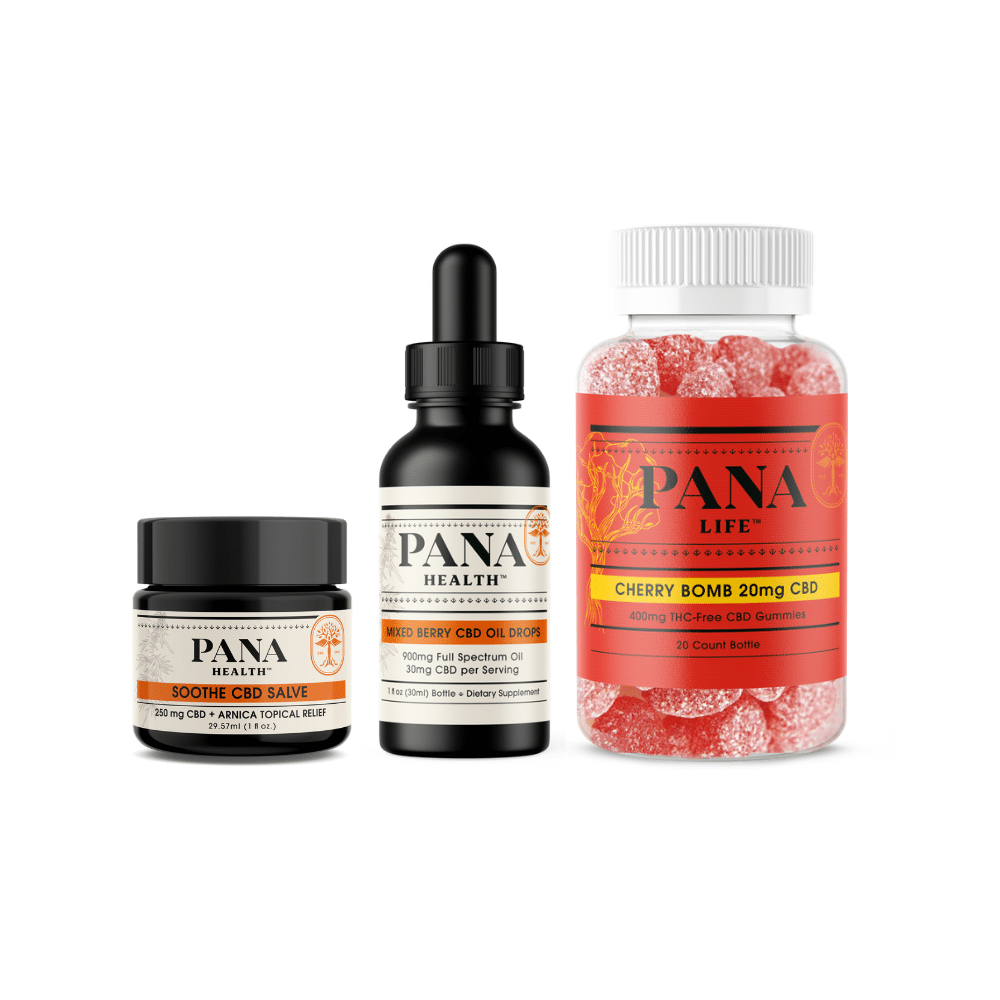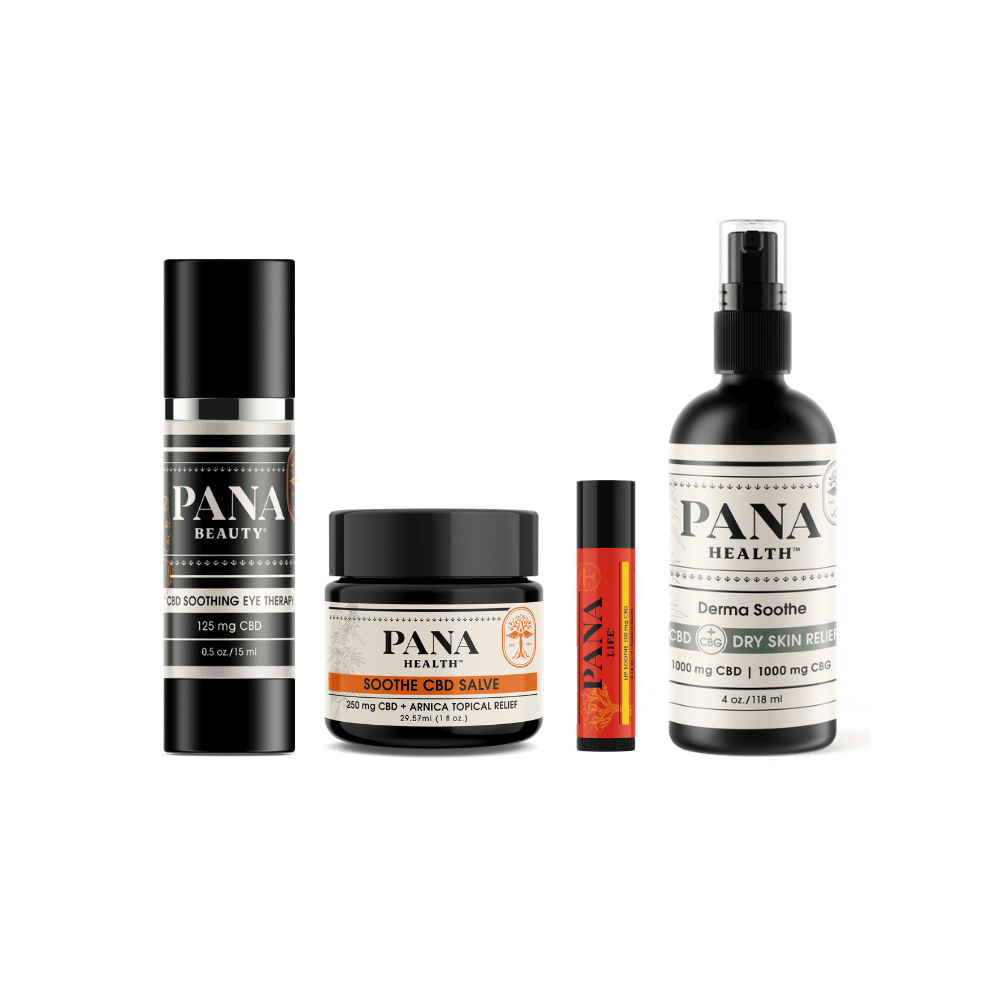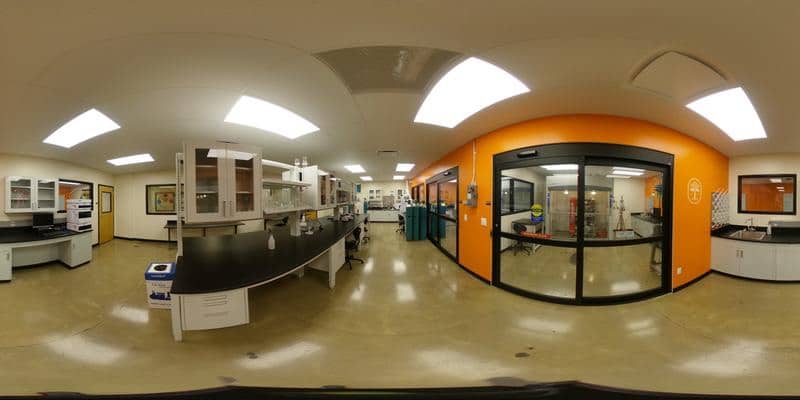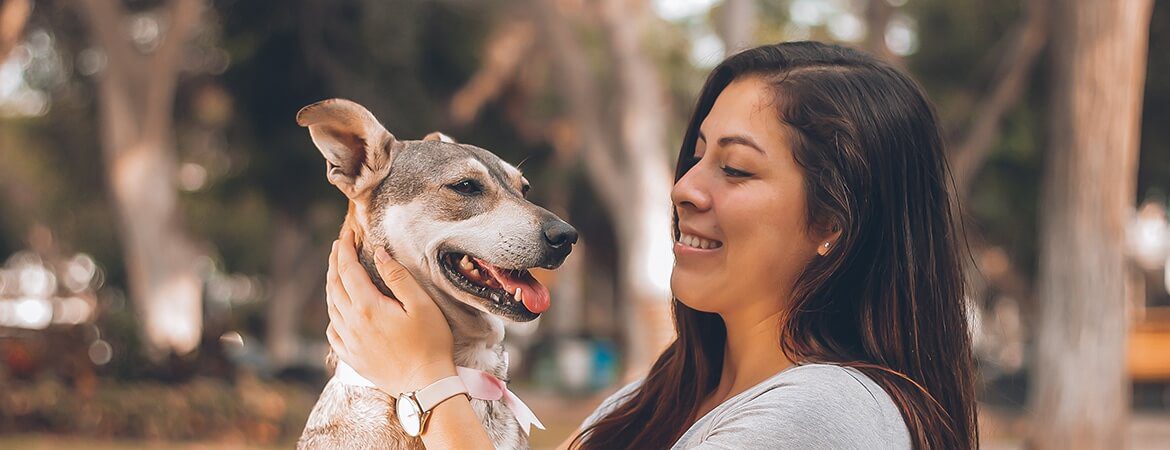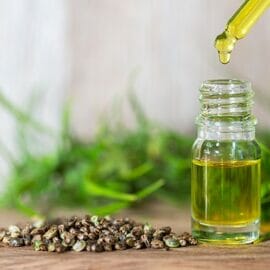Almost everyone has a favorite gummy candy. Some people like sour gummies, while others like the classics. (Of course, there are many of us who like all of them.) Then there are those who prefer their gummies to have a few more benefits than just tasting good. For those people may want to look at taking cannabidiol (CBD) gummies. However, with many options and new things to learn about CBD, it may be a daunting prospect if you don’t really know what CBD is and why you may want to take it.
If you are feeling intimidated by the world of CBD gummies, here is a quick guide on what is important to know about them. It starts with the basics and heads into the more complex side of CBD.
What is CBD?
Cannabidiol is a chemical compound found in Cannabis (a family of plants that includes hemp and marijuana). There are over 113 compounds like CBD, they are known as cannabinoids. Tetrahydrocannabinol (THC) is usually the more well-known cannabinoid, but CBD has gained in popularity in recent years.
In fact, the rise in popularity has led to a lot of research being done on the benefits of CBD. This research is preliminary, but it’s exciting. The studies have been suggesting that CBD may be able to aid with a number of health concerns. Some research is showing that CBD may be able to help those struggling with anxiety or depression. Other research has looked into CBD’s effect on things like inflammation and acne.
CBD vs THC, what’s the difference?
Because they are both cannabinoids, CBD and THC often get grouped together. However, it is important to know that they are very different compounds. The most important difference to understand is that CBD, unlike THC, will not get you high.
THC is considered to be psychoactive. Which means that it creates the high so commonly associated with cannabis. CBD, on the other hand, is not psychoactive. The closest thing that people feel to a change in their cognitive state while using CBD is that they tend to have a greater sense of calm.
Another difference between them is that CBD is legal across the United States. THC is not. In 2018, the United States legislature officially declassified industrial hemp as a schedule one controlled substance and legalized industrial hemp and products made from hemp. Hemp is defined as Cannabis with less than 0.3% THC by dry weight. It is also rich in CBD. This means that any CBD product, derived from hemp, containing less than 0.3% THC is legal in all 50 states. THC is legal is some states, some recreationally and others only medically, it is still federally illegal.
Why take CBD in gummy form?
There are a lot of options out there for taking CBD. So why should anyone take gummies over anything else? There are a few reasons why you may want your CBD to be gummy form. It could be the health benefits you’re looking for from the CBD. It could be for the ease of control. It may even just be because of flavor.
Some CBD products are better for certain effects than others. Because CBD lotion and topicals are more localized, they may be better for things like skin health and lessening inflammation. However, they may not be the best for helping achieve a sense of calm. That is when products like gummies come in. They are more likely to provide a broad effect than a topical.
CBD gummies are nice if you are worried about taking too much CBD. The gummies will have the same amount of CBD in each individual gummy, making it so you know exactly how much you are taking. If you’re tired of accidently putting a drop or two too much CBD tincture in your morning coffee, you may want to consider trying gummies.
Then there is flavor. Most CBD products contain terpenes which have other health benefits. These are the compound that give cannabis that distinctive flavor. There are many people who are not the biggest fans of that taste. That means that gummies may be their best choice. Virtually all gummies have some sort of flavoring in them. This can make taking CBD more palatable if you do not like that Cannabis flavor. After you decide on what flavor of CBD you would like best, you then need to decide what kind of CBD you want in your gummy.
Three kinds of CBD
CBD products often are not just CBD. They often have other cannabinoids in them. There are three different spectrums of CBD: full-spectrum, broad-spectrum, and CBD isolate. The spectrums are defined by what cannabinoids and terpenes are in the extract with the CBD.
Full-spectrum
Full-spectrum has more cannabinoids than any of the other spectrums. Gummies made with this will have the full range of terpenes and minor amounts of THC. They still will not get you high, because they legally are not allowed to have more than 0.3% THC content. They are also more likely to taste like Cannabis. The gummies have other flavorings in them so you may not notice, but depending on the strain of hemp, the terpenes may be strong enough to leave some of the cannabis flavor.
Broad-spectrum
Broad-spectrum is very similar to full-spectrum, but with one important distinction; it does not contain any THC. The main reason why full and broad-spectrum products are so popular is because of what’s called the “entourage effect“. This is when compounds build on each other to do more than they do individually. This leads to many people having a more powerful experience with broad and full-spectrum CBD products. Broad-spectrum is a good option for those who are looking for something stronger, but do not want to take any THC.
CBD isolate
CBD isolate is CBD all on its own. There are no terpenes, THC, or any other cannabinoids in products made with CBD isolate. If you are not looking for an overly strong CBD product and would like to avoid that Cannabis flavor, this may be what you need.
How do I know if a CBD gummy is any good?
The CBD industry is a new and fast growing one. The options that you have for CBD products, especially CBD gummies, can seem a bit overwhelming. So how do you find a quality CBD gummy? The best way is to research the company. This may take a little while to do, but if it means that you get a first-rate product it will be worth it.
Because the CBD industry is still new, the FDA is still trying to understand how to regulate it. Certain companies, like Panacea Life Sciences have been working with the FDA, but not all companies are going to be that responsible. Unfortunately, some will take advantage of the current laxness of regulations. This is part of the reason why research is so important.
The first thing that you will want to look for in researching a potential CBD supplier is how transparent they are about their process. If they are hiding how they extract or get their CBD, it may not be the most trustworthy company to buy from. The other big thing to keep an eye out for is third party testing. A good CBD manufacturer will have an outside laboratory test their product for purity and quality. Then they’ll make those tests results available to consumers. The other thing to look for is reviews. Look up what other people are saying about them, preferably on sources beyond their website.
Price is another indicator of CBD quality. But that doesn’t necessarily mean more expensive is inherently better. You may want to look for something more in the middle. If the product is dirt cheap, the CBD is probably not the best. If the price is astronomical, then the company may just be charging more because they think they can get away with it. Be smart in your CBD shopping.
How much to take
Just like with everything else in life, everyone will experience CBD differently. For some, it will take very little for the CBD to take hold. For others, it may take more. If you’ve taken CBD before, you likely know how much you need to take. It is still good to bear in mind that gummies may take a little while longer to start working than an oil or a tincture might. So, if you already know how much CBD you need, take the gummy equivalent and wait an hour.
If you are new to CBD, you are going to want to start with small doses. It’s hard to know how much CBD is right for you without trying it. So, keep to one or even half a gummy. Again, you should wait about an hour for the CBD to take effect. If the initial amount you took is not enough, you can take a bit more. Which kind of CBD is in your gummies will make a difference in the time of onset and magnitude of effect. As discussed above, gummies made with full or broad-spectrum CBD are likely to be stronger than gummies made with CBD isolate. Be patient, as it may take a little while to figure out how much CBD is right for you.
Are there any side effects?
Most people will want to start their servings of CBD small to avoid side effects. These side effects are not serious, but they are not pleasant either. They normally include things like mild nausea and fatigue. These are normally experienced by those who take large quantities of CBD over short periods of time. Most who experience the side effects report that they go away after reducing how much they take.
As with any supplement, those who have never taken CBD before may want to talk to a healthcare professional before starting it. There are some medications that may not work the way they should when mixed with CBD. So, talking with your doctor should help keep that from happening.
CBD should also be kept out of reach of children and animals. With CBD gummies it is especially easy for kids and adults alike to confuse them with normal candy. As mentioned before, there are no serious side effects from CBD, but it is still not something you would want to take too much of. If you think that CBD could benefit your dog or cat, there are products made specifically for pets.
Can I give them to my child?
Any parent trying to give their kid a multivitamin knows that children are much more willing to take them if they are in candy form. So, if you have been considering giving your child CBD to help with something, gummies may be the option you’ve been looking for. But is it safe?
Right now, it’s a little unclear. Our understanding of the effects that CBD has on children is still imprecise. The side effects they experience seem to be similar to the ones that adults have, but the studies on kids and CBD are still very preliminary. Though recently, the FDA for the first time approved a CBD-based medication called Epidiolex. It is designed to help with epilepsy symptoms, a condition that is more common in children.
Most CBD products are made for adults, meaning the dosage may be higher than what your child needs. This may make finding the right serving of gummy for your young one difficult. If you are thinking about giving your child CBD gummies, talk to their pediatrician first.
What now?
Now that you’re ready to take on the world of CBD gummies, there are a lot of options out there. Most CBD manufactures offer some sort of CBD gummy. You can also check out our Cherry Bomb CBD Gummies. These gummies are vegan, have a CBD content of 20mg per gummy and are a great, yummy way to boost your daily routine. And keep an eye out, as new CBD edibles are being introduced every day.
Have any comments or questions? Feel free to contact a Panacea Life Sciences team member. You can do that through our website or by emailing us at [email protected].

